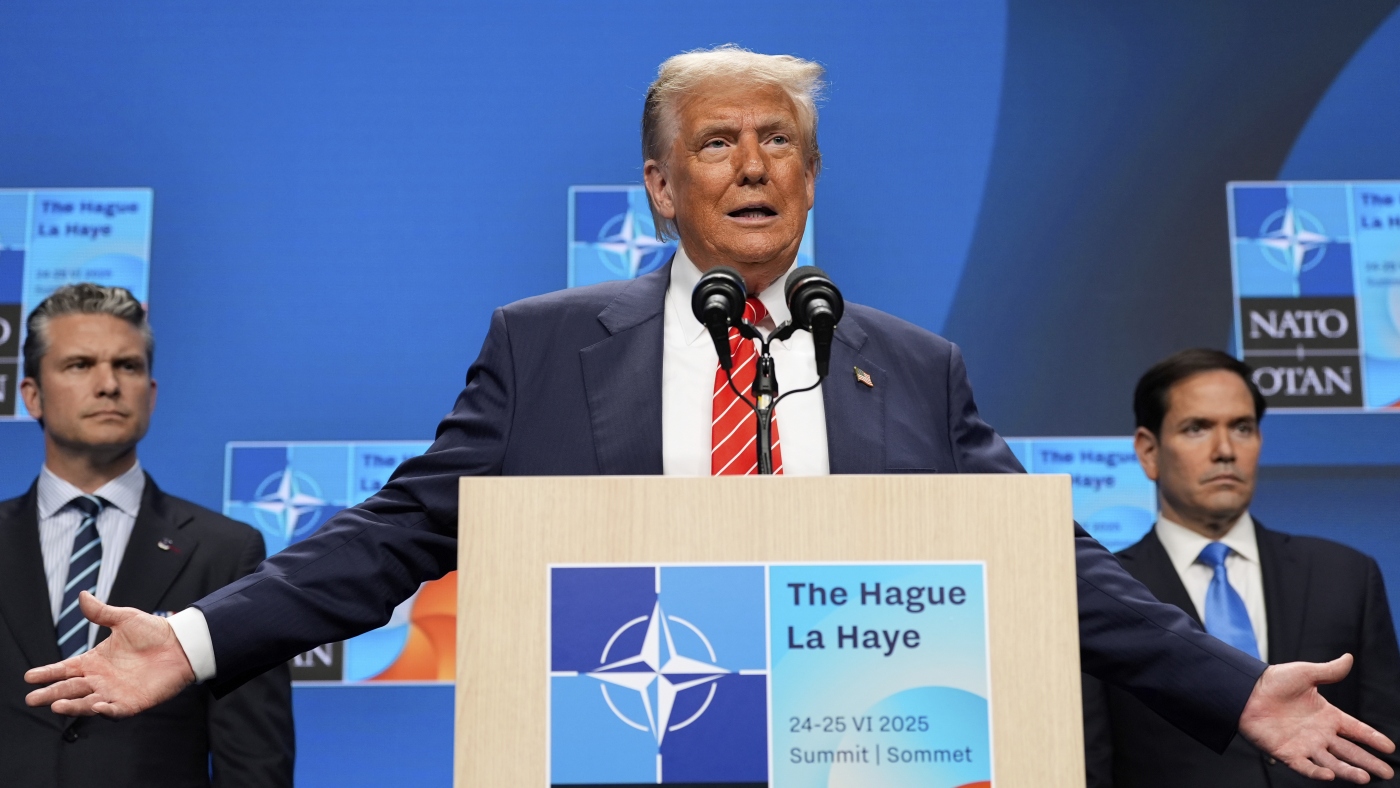THE HAGUE, Netherlands – The NATO summit held in the Netherlands on Wednesday has been hailed as both “transformational” and “historic,” marking a pivotal shift in defense strategies. “We’re witnessing the birth of a new NATO,” declared Finland’s President Alexander Stubb, highlighting the summit’s significance.
Immediate Impact of Summit Decisions
The 32-member alliance, the world’s largest security organization, has endorsed a plan to significantly increase defense spending. This decision, largely influenced by U.S. President Donald Trump, aims to address growing security concerns, particularly the threat posed by Russia. The new strategy mirrors the defense expenditure levels of the Cold War era.
Key Details Emerge
Among the summit’s major outcomes is a nonbinding agreement that demands a substantial budget hike for NATO’s European members and Canada, amounting to tens of billions of dollars. This move represents a major overhaul of NATO’s defense spending calculations.
By 2035, NATO members will aim to allocate 3.5% of their GDP to defense, up from the previous 2% target.
Additionally, the allies will now be able to include weapons and ammunition supplied to Ukraine in their defense spending calculations. This adjustment, while making the target slightly more attainable, poses challenges for countries like Canada and several European nations grappling with economic difficulties.
Resistance and Challenges
Not all member states are on board with the new spending targets. Spain has officially refused the agreement, while Slovakia has expressed reservations. Belgium, France, and Italy are expected to struggle in meeting these goals.
A Trump Commitment to Collective Defense
In a significant reaffirmation, the leaders underscored their “ironclad commitment” to NATO’s collective defense clause, Article 5. This comes after years of uncertainty fueled by Trump’s previous statements casting doubt on the U.S.’s willingness to defend its allies without increased defense spending.
“I left there saying that these people really love their countries. It’s not a ripoff. And we’re here to help them protect their country,” Trump stated.
Ukraine’s Sidelined Role
While the summit initially focused on Ukraine’s prospects within NATO, the final statement notably omitted any mention of its membership. Instead, leaders reaffirmed their “enduring sovereign commitments to provide support to Ukraine.”
Ukrainian President Volodymyr Zelenskyy attended the summit, engaging with various leaders. However, the focus remained on defense spending, with discussions on Ukraine relegated to a NATO-Ukraine Council meeting on the sidelines.
Regional Implications
The summit’s outcomes underscore the United States’ dominant role within NATO. Efforts to accommodate President Trump’s preferences were evident, with a streamlined summit agenda and concise statements prepared to maintain his engagement.
“Almost every one of them said ‘Thank God for the United States,'” Trump remarked, emphasizing the perceived reliance on U.S. support.
What Comes Next
Looking ahead, NATO plans to review progress on the new defense spending targets in 2029, following the next U.S. presidential election. The ongoing commitment to bolster defense infrastructure and capabilities remains a top priority for the alliance.
As the geopolitical landscape continues to evolve, the summit’s decisions reflect a strategic pivot aimed at enhancing NATO’s readiness and resilience in the face of emerging threats.
